Media | Articles
Chevy Cosworth Vega: The BMW-fighter that wasn’t
Does anyone remember the Chevrolet Cosworth Vega? A remarkable little car with an interesting story, and a machine that never quite met the promise of its name. Hyped from birth as an import-fighter, the car the media dubbed “CosVeg” lived for just two model years, 1975 and 1976. It could have been so much more.
Available in a host of body styles—two-door hatchback, notchback, wagon and sedan delivery—Chevy’s rear-drive Vega subcompact arrived in dealerships in September of 1970. Motor Trend named it the 1971 “Car of the Year.” Four and a half years later, the limited-production Cosworth Vega performance model hit showrooms. The 2.3-liter, aluminum-block four found in base Vegas was gone, replaced by a 2.0-liter version of the same engine. The key difference lived up top, under a stylish black valve cover: a 16-valve, twin-cam head designed by Formula 1 supplier Cosworth Engineering.

The idea was hatched in 1969. Envisioning 2.0-liter racing championships on both sides of the Atlantic, Chevrolet general manager John DeLorean convinced Cosworth’s Keith Duckworth to develop an all-out racing version of the Vega engine. The first prototype was dyno-tested in March of 1971. The engine proved capable of as much as 290 hp, but it also proved unreliable. The racing effort died.
Back in the States, Vega sales were weak. The available GT model looked nice enough but lacked the image or performance to much help the Vega’s volume. DeLorean and his assistant chief engineer, Lloyd Reuss, proposed a hot Vega powered by a reliable street version of the Cosworth racing engine. With enough power under the hood, they felt, the car could take on the sporting European sedans of the day—machines like the BMW 2002tii and the Alfa Romeo GTV.

Handling dynamics were seen as a Vega GT strong point, so the Cosworth version saw few suspension changes. The GT’s quick, 16:1-ratio steering box carried over. The GT’s front and rear sway bar sizes were adjusted to reduce understeer. On top of that, the Vega’s solid rear axle gained limiting cables to reduce acceleration hop, and the standard four-speed manual received a shorter, 3.7:1 first gear.
Marketplace
Buy and sell classics with confidence
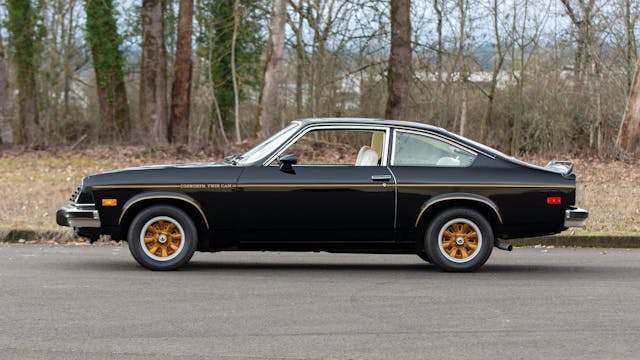
PR can make you, and PR can break you
In August of 1973, a GM press release announced the car. Car and Driver read that release and turned on the hyperbole: “A taut-muscled GT coupe,” the magazine said, “to devastate the smugness of BMW 2002tii’s and five-speed Alfa GTVs. A limited run of 4000 machines, each one built away from the tumult of the assembly line to precision tolerances, as a show of technical force by Chevrolet. All of them will be collector’s items.”
Then came a November 1973 media drive of prototypes at GM’s main proving grounds, in Milford, Michigan. That event produced multiple stories, including one by your author.
In the December 1, 1973 issue of Competition Press and Autoweek, we wrote:
“Accelerating the CosVeg through the smooth Chevy four-speed is an exhilarating experience indeed. It is not a low-end torquer, as you might expect, and getting it off the line in a hurry requires some fancy footwork, high revs, and abundant radial-tire smoke. But once it’s off, it’s off! Zero-to-60 times are consistently under 9 seconds, and quarter-mile times are in the neighborhood of 17 seconds, using the normal 7000-rpm redline.”
With Chevy development engineer Warren Frank in the passenger seat, we flogged the car around Milford’s challenging “Ride and Handling” loop:
“There, it performs admirably, with the only fault being a tricky bump-steer condition, which causes it to lose, momentarily, its remarkably stable and neutral cornering attitude [on] washboard roads. Frank explained that they were still working on shock rates to remedy this, and to keep the wheels on the ground for a larger percentage of the time . . .”
Then we drove a few hard laps around Milford’s road-course-like “Seven Sisters,” a series of four tightly banked turns followed by three faster flat ones:
“…which quickly revealed the CosVeg’s other glaring deficiency in its present state. Unaccountably, Chevrolet has not seen fit to give it a limited-slip differential. The Vega GT suspension, which is otherwise nearly flawless, is just not stiff enough to prevent the car from lifting its inside leg like an impolite dog on the hard, tight turns.
This results in massive wheelspin as all the CosVeg’s considerable power is transferred to the unloaded side, and the car skids helplessly sideways . . . Then the inside tire falls from the sky, finally recovers its bite, and off you go toward a repeat performance on the next turn. This behavior is barely acceptable in a below-average econobox . . . inexcusable in a car of this nature.”
I respectfully suggested that they equip production CosVegs with limited-slips. Frank said he would see what he could do.

The Cossie: Hand-built and high-rpm
The Vega’s aluminum block saw Cosworth duty with relatively few changes. Its stroke was decreased, to give the desirable (for racing, remember) 2.0-liter displacement. That 16-valve, twin-cam, crossflow, aluminum Cosworth head was mated to Bendix electronic fuel-injection. (The CosVeg was the first GM passenger car to use electronic injection.) Thanks partly to an aluminum camshaft housing and an aluminum intake manifold, the engine scaled in at 40 pounds lighter than the 2.3 in the base Vega.
The forged steel crankshaft was chemically “tuftrided,” to harden its bearing surfaces for added durabilty. The pistons were forged aluminum with cutouts for valve clearance. Their large sumps gave the low 8.5:1 compression ratio required for emissions and CAFE compliance, but on the bright side, that conservative spec enabled the stock CosVeg to run well on regular low-lead gas. GM claimed that the development car we tested in 1973 easily met that year’s emission standards without the help of any common “add-ons”—no air pump, no exhaust-gas recirculation (EGR) system, and no carburetor-hot-air (CHA) system.
The bad news? That low compression ratio yielded truly meager output. The engine was originally planned for 12:1 compression, which would have required premium fuel. Emissions-related pullbacks during development saw that figure fall to 10.5:1, then 9.5, then 8.5. Power fell from the originally projected 185 hp to 135, and then, finally, to the production rating of 110 hp, SAE net.
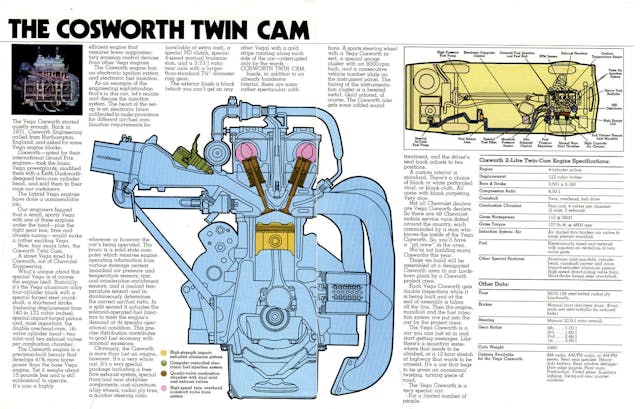
The engines were built by hand at GM’s Tonawanda engine plant in New York, then shipped to the Vega plant in Lordstown, Ohio, where they were carefully installed into cars off to the side of the regular Vega assembly line. Chevrolet announced that Cosworth Vegas would be assembled at a very slow rate at first, to ensure quality control, with production eventually increasing to one car per hour. Buyers, GM said, would get an exclusive toll-free phone number for reaching the factory, and they would receive special attention should anything go wrong.
Just 5000 CosVegs were scheduled to be built that first year. Not coincidentally, this was the minimum number required for homologation for production-based FIA Group 1 “touring car” racing.
Naturally, the government then took another bite. The EPA did not issue the Cosworth Vega a certificate of emissions compliance until March 14 of 1975. Production began immediately after, as Chevrolet rushed to fill the order backlog generated by positive press.
All 1975 CosVegs were black with gold trim. The car’s lightly flared wheel arches were accentuated by gold pinstriping, and a similar stripe swept from headlamps to taillamps, interrupted just forward of the doors by “Cosworth Twin Cam” in gold script. Inside, the standard Vega GT gauge package was framed by a machine-turned aluminum dash tinted gold.

Two cams, two years
The “clean room” assembly area at the Tonawanda plant was originally created for Chevrolet’s aluminum-block, 427-cube ZL-1 V-8. From that space came some 30 Cosworth Vega engines per day. The Lordstown side line could assemble just 1.6 Cosworth Vegas per hour—the regular Vega clocked in at 60 or more. All told, just 2061 CosVegs were built for the 1975 model year.

All that emissions detuning paid dividends: No other General Motors passenger car was emissions-certified for all 50 states. Car and Driver would later announce, in a “History of 0–60” feature story, that a preproduction ’74 Cosworth Vega hit 60 mph in only 7.7 seconds, the fastest time recorded by the magazine for 1975. And while the final production ratings were disappointing—110 hp at 5600 rpm, 107 lb-ft at 4800—after testing a 1975 production model, C/D added, “The outstanding feature of the Cosworth Vega is its excellent balance. Roll-stiffness distribution is ideal, with little understeer entering a turn and just the right amount of drift from the tail as you put your foot down to exit.”
A 1976 facelift brought a wider grill, tri-color taillamps, and extensive improvements in rustproofing. The exhaust system replaced the dual outlets used in 1975 with a single tailpipe, and the base seat trim was changed to grained vinyl. The optional cloth seat inserts were updated to a houndstooth “sport-cloth.” A new Borg-Warner five-speed manual overdrive transmission was made available, paired to a 4.10:1 rear axle. A “Sky-Roof” with tinted and reflective sliding glass could now be had, along with an eight-track tape player, eight new paint shades, and two new interior colors.
All to no avail. In November of 1975, GM decided to kill the car after the ’76 model year. (Volume production for ’76 began in December.) Road & Track reported the CosVeg’s handling as “very good” after testing a 1976 model. Road Test’s 1976 “Super-Coupe Shootout — Alfa vs. Mazda vs. Lancia vs. Saab vs. Cosworth Vega” said,
“Right there at the top, and by a long way . . . is the Cosworth Vega. It had the fastest 0–60 time, the fastest quarter-mile time, and [it] tied with the Saab for the shortest braking distance . . . The Cosworth is American, and a collector’s item, and it came close, damn close, to winning the whole thing.”
If the CosVeg had been as good as promised, if it had been offered at the rumored $4000 price, the story might have been different. Early on, many thought the Chevy would be sold out before the first example hit showrooms. Pricing changes didn’t help. During the seven-year lifespan of the base Vega, inflation and the rising cost of government certification helped bump prices of all new automobiles sold in America by 50 percent. The 1975 CosVeg stickered at $5918, nearly double the cost of that year’s entry-level Vega and less than $900 below the 1975 Corvette.

There was also the car beneath the engine. The Vega itself had grown notorious several issues, from reliability to safety, rust-through, and engine durability. Despite a series of recalls and design upgrades, those problems tarnished the reputation of both the model and its maker.
Just 1447 CosVegs were built for 1976. Combined with the ’75 model year, just 3508 examples of the car were sold. As for those 5000 engines? GM took the leftovers, disassembled 500 of them, then scrapped the remainder. Regular Vega production ended following the 1977 model year.
Two cars, one good-looking Cosworth valve cover, and a lot of unrealized potential. General Motors was troubled in the mid-1970s, and the Vega was part of those wounds. The Cossie version at least had the ingredients for a healing salve. Time will tell if the model’s rarity and that potential is enough to vindicate those CosVeg owners who still carry the torch. In the meantime, we can think about what might have been, and we can dream.

For more info, visit the Cosworth Vega Owners’ Association (CVOA): cosworthvega.com.
Check out the Hagerty Media homepage so you don’t miss a single story, or better yet, bookmark it.

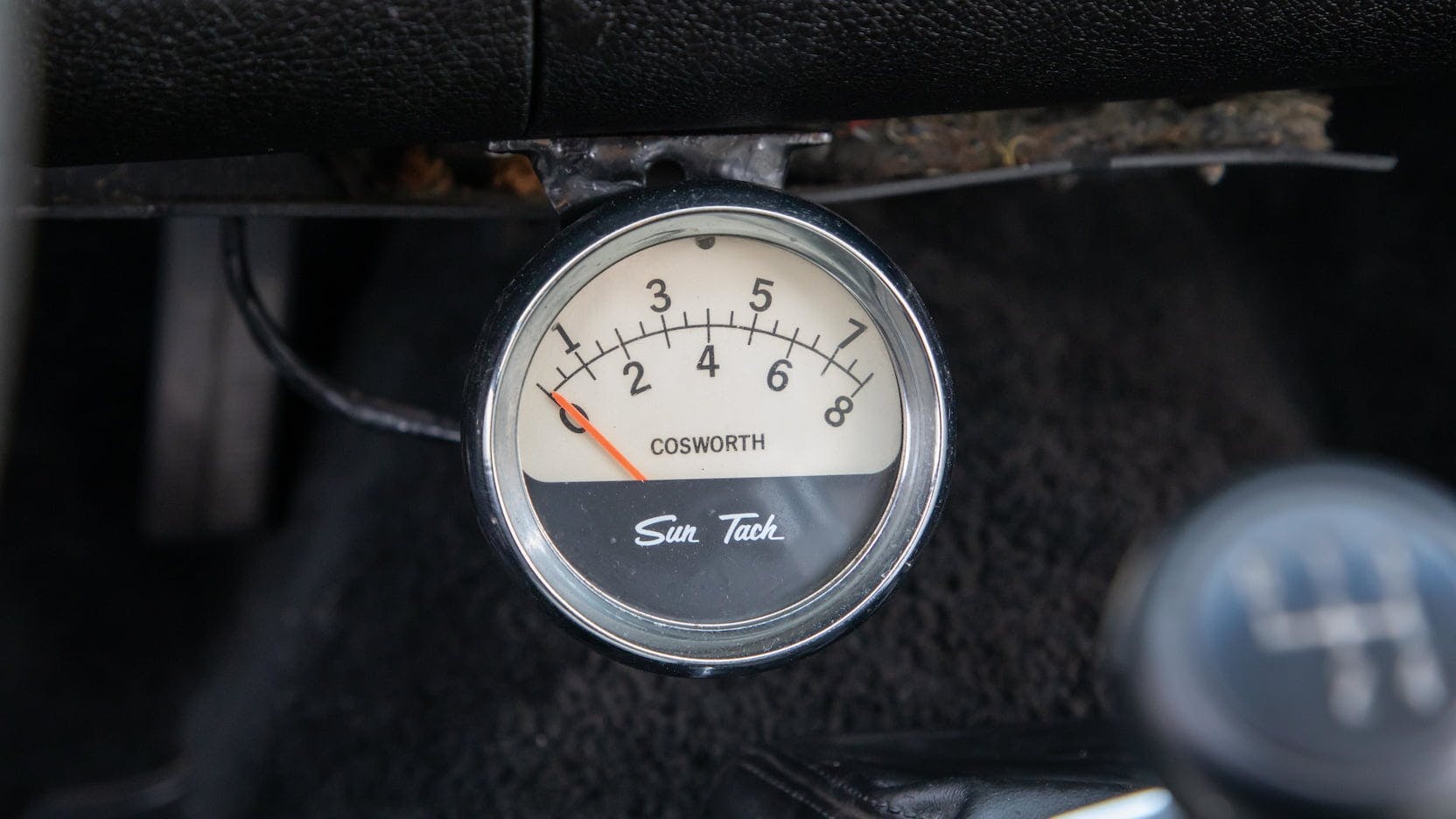
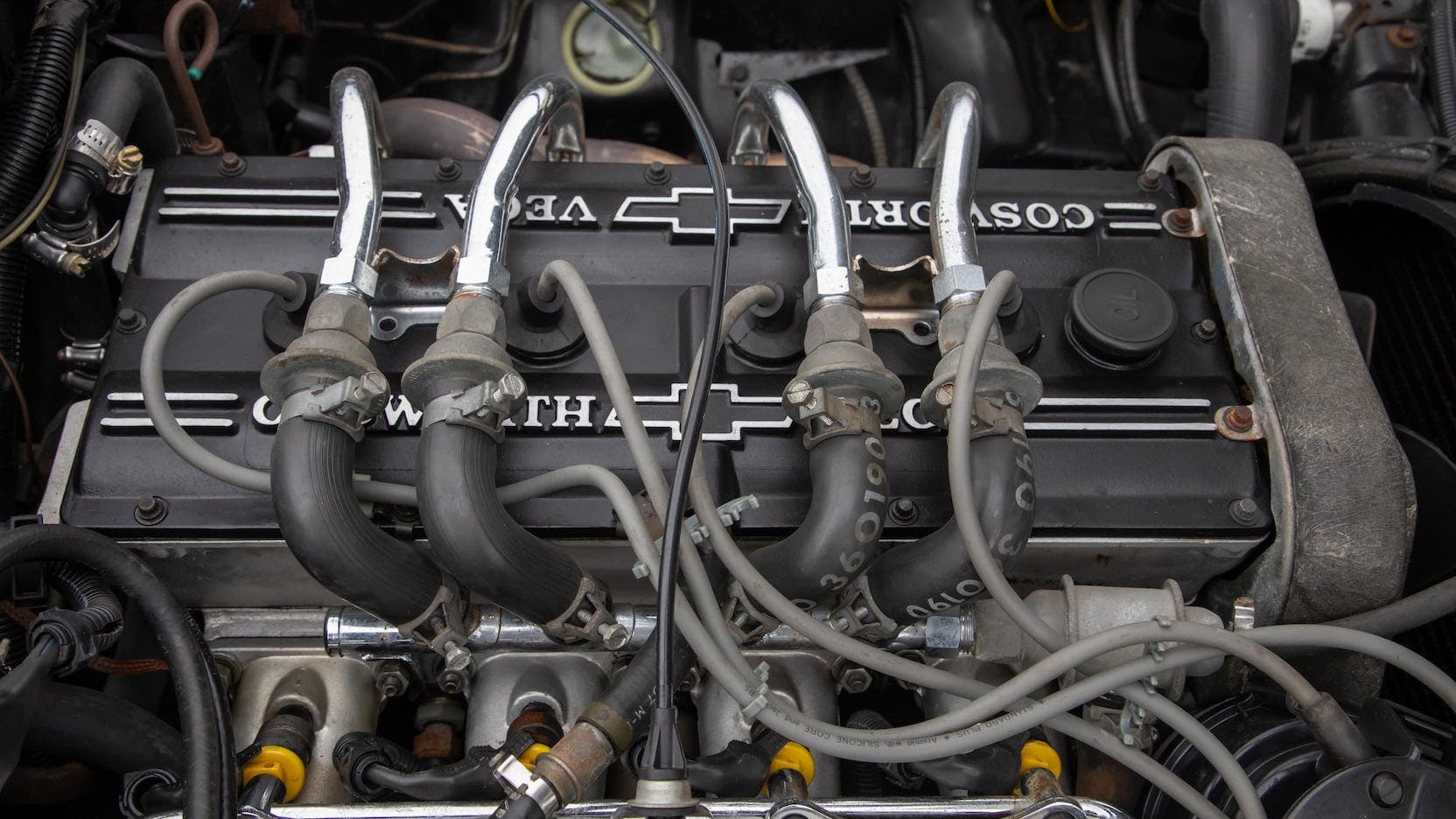
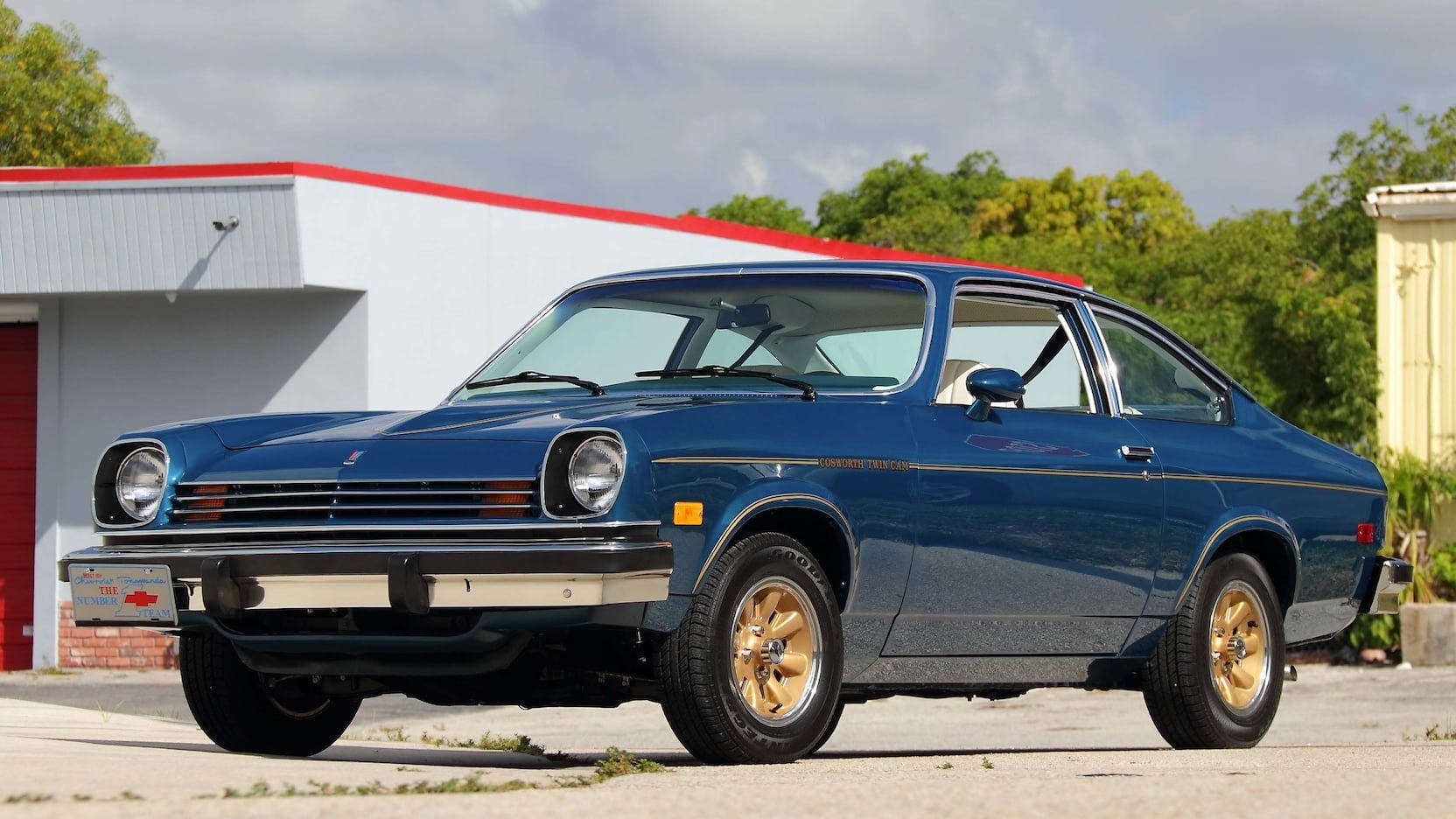
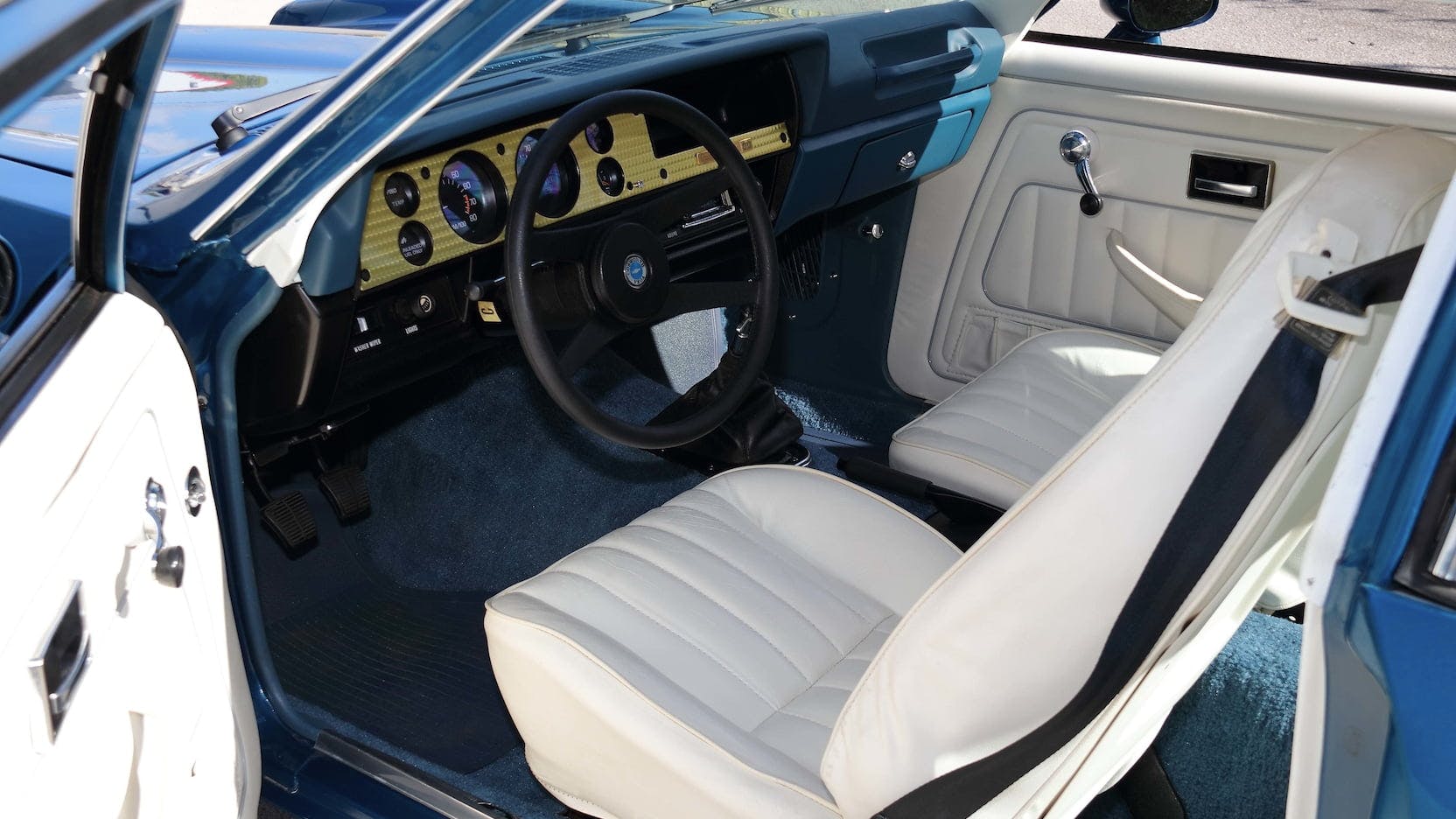












I had a 77 Vega that I drove back and forth to college 600 miles each way. Shockingly , it never stranded
me and I put almost 100,000 miles on it before donating it to the neighbor when I left home. Maybe the last production year was the best although that is not saying much.
My work friend had a “72 Cogsworth VEGA GT 5 speed and he was a experienced driver. However, he could not out accelerate, nor get a better 0-60mph, do a faster 1/4 mile, and on an obstacle course with us both in class II SCCA solo , he could not get lower course times that I could. I drove a stock 1967 cc, Opel 1900 GT 4cyl, 4 speed. He even did $ 3000.00 in upgrades on engine (cam, carb, valves,) transmission, remmoved his A/C, and suspension and still could not out perform my 1970 OPEL GT and it was showroom STOCK and had factory A/C! I thought Vega looked cool but my OPEL GT out performed in all but top end -I got to 132 MPH he did 141 MPH. Even got better MPG and best of all the OPEL GT’s looks got me more dates – the ladies flocked to it. One even became my wife -she also drove an OPEL GT! How’s that for performance in all categories. And, a last note, the Vega transmission had “OPEL” cast in the housing.
Correction to my earlier reply
I drove a 1970 not 1967 OPEL GT
My other Correction – MY OPEL got the 141 MPH, HIS VEGA got the 132 MPH. I am a driver not a typist.
David, since you wrote you had a 1972 model, it was not a Cogsworth Vega GT, it was a Vega GT. The article tells us that the Cosworth Vega was released in 1975 and 1976 model years.
your just the cats pajamas.
One Vega for the price of two. I owned 5, raced one. They have a warm spot in my memories.
i had 7 vegas turned most of them in to v8 cars even had a 454 one back halfed with a cage , i had aball with them , all of them had rot problems
The review quoted above stated that Chevy “did not see fit to give it a limited-slip differential”. However, the ad/fact sheet shown lists Positraction as an option. Did the handling get a bad review because of a poorly-optioned test car or was the Posi not initially available?
Had 2 of them in 1990 one a daily driver. It did not matter the bad side of this model I have zero regret and am VERY thankful for the time I Had with works of art.
What would have been so challenging about fitting the standard Vega engine with an aluminum head? Same goes for the HT4100.
The story goes that the Iron head would help ‘stabilize’ the free-standing bores…
A ‘loaded’ head outweighed a complete short-block…
In 74 I had a good friend with a 72 Vega GT. He dropped in a small block with some stiffer front springs. It was absolutely wicked. My wife came home with a new 74 GT. I was determined to make the engine live up to the rumors so I could replace it with a small block like my friend’s car. I gave her my 73 Vette and started driving the Vega. It turned out to be a blast to drive so I added a header, short exhaust. modified the air cleaner, and stripped out everything from the front seats to the rear to lessen the weight. Wow, now it was a real blast to drive and could keep up with almost anything from that era. I drove the crap out of that car but no luck blowing the engine! Nine years and 80K miles later the only repair was a new wiper motor and the little aluminum engine used a minimal amount of oil between changes. I had become involved with a 69 Road Runner with a 440 transplant and my neighbor talked me into selling the Vega.
Maybe I got the one-in-a-million car, but apparently, I’m the only person who can say I had a good experience and fond memories with a Vega.
Always liked the Vega style but never knew about the Cosworth version. Hot little Hot Rod, I’d love to own one.
Drove a 76 Cosworth Vega the summer after high school! It had a Hutton dual side draft Weber conversion. Great time, that summer! I still have a copy of the Hot Rod magazine featuring the Cosworth Vega!
I knew a guy in Warren, Mi. that was building kits, or send him you new Vega and he would send it back with a Buick aluminum V-8. A very cool car. After GM sold the aluminum V-8 to Rover, in England, and it was hard to find a good block, he would buy the engine from them.
Back when Vega was a fairly new car my best girlfriend drove one with an auto trans. It was new enough that it looked pretty good and hadn’t rusted thru yet, but man did it run crappy. The engine shook bad enough the bell housing bolts came loose, more than once. It took some effort to get it to run reasonably well and I ended up drilling those bolts for safety wires to keep them from turning out. Using aircraft safety wire didn’t make it any faster…
A friend put a built Rover V8 in his Vega with suspension and tires rims to match. He dump a lot of money into that car, but boy was it fun
I bought a used 1995 Cosworth Vega at Carmody Motor Co in Lancaster, Ohio in 1997. I really liked the black/gold paint & trim & the gold Mini Lite style wheels. I traded my wife’s Frost Green 1969 Camaro for the Vega (the Camaro had some engine & rust issues). I used the car as a daily driver for a few years but the Cosworth was “never what it was originally cracked up to be”. These cars came with dash plaques that were stamped with a serial number, mine was S/N 0942. They also had a permanent tag on the engine that was signed by the factory engine builder. I eventually sold the Vega to a Doctor in Zanesville, Ohio to buy a Chevy 4X4 pickup truck. A few years later I ran across S/N 0942 in a parking lot in Zanesville. I was given the opportunity to repurchase my old car by the then fourth owner but I had lost interest in the Cossie by then. If anyone out there in Hagerty Land knows of the current location of my old S/N 0942 it would be interesting to know if it’s still on the road. Frank S.
I bought a used 1995 Cosworth Vega at Carmody Motor Co in Lancaster, Ohio in 1997. I really liked the black/gold paint & trim & the gold Mini Lite style wheels. I traded a Frost Green 1969 Camaro for the Vaga (the Camaro had some engine & rust issues). I used the car as a daily driver for a few years but the Cosworth was “never what it was cracked up to be”. These cars came with dash plaques that were stamped with a serial number, mine was S/N 0942. They also had a permanent tag on the engine that was signed by the factory engine builder. I eventually sold the Vaga to a Doctor in Zanesville, Ohio to buy a Chevy 4X4 pickup truck. A few years later I ran across S/N 0942 in a parking lot in Zanesville. I was given the opportunity to repurchase my old car by the fourth owner but I had lost interest in the Cossie by then. If anyone out there in Hagerty Land knows of the current location of my old S/N 0942 it would be interesting to know if it’s still on the road. Frank S.